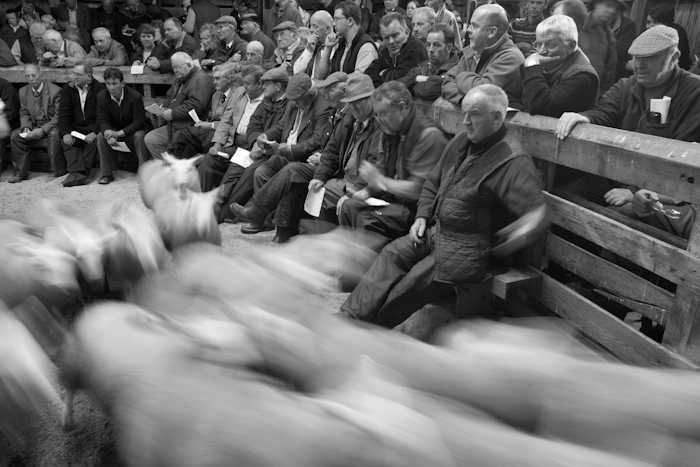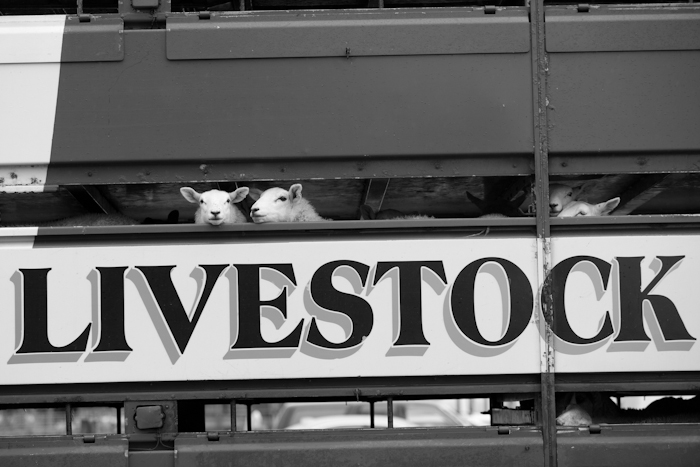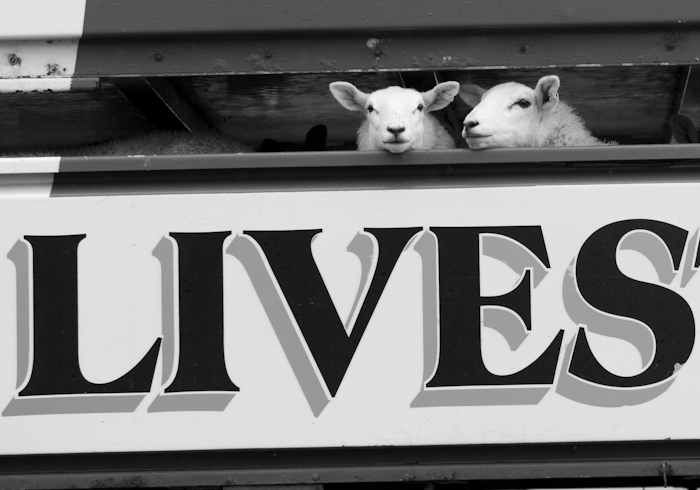Signs of the times (and why less can sometimes be more)
Written by John MacphersonI’ve posted previously about ‘stuff’ that’s useful for those of you just starting to learn the craft of image making. So here’s something else you can file away until you need it. The gruff old professionals can ignore this one too, you lot already know this stuff inside out.
I’m a committed sign spotter. Signs can be really useful to include in images, as they often (but not always) contain words. I love words. Words on signs can be great things to use in an image; they can be small, short words that sneak in unobtrusively and provide an unexpected razor edge that slice across people’s preconceptions, or they can be big shouting brutish words that bulldozer their meaning into your picture. They can sometimes provide context that would otherwise require either several other images or even some words as caption to explain. They can introduce humour by way of contrast, or underline the stupidity of something/someone by mocking or ridiculing it/them. Signs can of course also kill your images stone-dead if they are wholly inappropriate; and their ability to date an image can either be a good thing, or a bad thing, depending on use.
I’ve always wanted to photograph the Lairg Lamb Sale – the biggest one-day lamb sale in Europe with over 30,000 animals going through the sale ring in a single day, with non-stop buying going on at a rapid pace with a team of auctioneers doing a shouting relay. Its impressive stuff, visually and aurally.

Lairg Lamb Sales © John MacPherson
But like so many aspect of rural life, events like these are not just about selling animals, they’re about people, about revisiting old acquaintances, meeting new ones and sharing moans and laughs about the unique experience that is hill farming. It’s a tough, unglamorous and dirty way to make a living, and its a living that’s prey to economic and political interference, and more recently diseases such as foot and mouth and bluetongue. But for those who’ve chosen this employment path its more than just a job, it’s a way of life that requires commitment and a degree of sacrifice. Not for the faint hearted that’s for sure.
After several years of missing the event because of other commitments I finally managed a visit. I’d an open mind about what I wanted to do but was certain that I wanted to show the human face of this event as much as the animals, and with plenty of people, ‘characters’, sure to be there I was confident of finding suitable images. And as I walked in to the event I spotted a livestock transporter bringing in another flock to be offloaded and herded through to the holding pens, and then eventually to the auction ring. One of dozens of such trucks that would do this on the day, both dropping off and collecting their living cargo, in a carefully orchestrated and well controlled operation.

Lairg Lamb Sales © John MacPherson
And I immediately spotted a lovely ‘sign’ that would make a perfect opening image. The trailer had ‘livestock’ emblazoned along the side, but I realized that judicious cropping would reduce this to ‘lives’, and it just required me to wait until a sheep or two peeked out to see what was happening, and I’d maybe get the shot. So I waited. And they did.

Lairg Lamb Sales © John MacPherson
Language is a beautiful thing. Jenny Pollard recently said:
But individual words too can have power, even the very simple ones: ‘LIVESTOCK’ says exactly what it is, but ‘LIVES’ tells us far more precisely why it matters.
Just something to think about.
